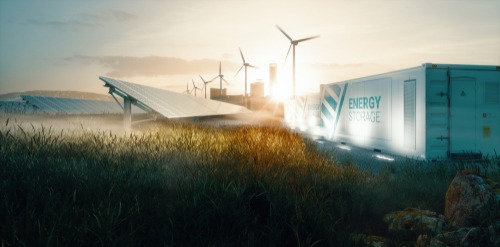Storage Futures Study predicts U.S. grid-scale storage capacity could grow 125 GW by 2050

According to the latest Storage Futures Study from the National Renewable Energy Laboratory (NREL), energy storage is benefiting from declining technology costs and increasing deployment of renewables to the extent its deployment could reach a fivefold increase by 2050.
That would mean more than 125 GW deployment through 2050, but the study’s authors call this the modest assumption. If cost and other variables proved especially favorable, that figure could reach 680 GW for the same period. By comparison, only 23 GW of storage capacity exists in the United States today. According to Will Frazier, NREL analyst and lead author of the report, all of that is pumped hydro.
In essence, he concluded, these efforts would be game-changing. Yet it’s still all potential, not a given.
“We find significant market potential for diurnal energy storage across a variety of modeled scenarios, mostly occurring by 2030,” Frazier said. “To realize cost-optimal storage deployment, the power system will need to allow storage to provide capacity and energy time-shifting grid services.”
In the report, Frazier and fellow analysts Wesley Cole, Paul Denholm, Scott Machen, and Nate Blair concluded that new storage deployment would mostly start with shorter duration products, of about four hours. Gradually, this would increase to durations of 12 hours as costs drop. By 2030, the annual deployment of battery storage could range from one to 30 GW, and by 2050, such deployments could vary between seven to 77 GW. Their biggest value will be when deployed alongside solar and given the ability to provide multiple grid services.
The study was made possible through NREL’s Regional Energy Deployment System (ReEDS), which helped model the value of diurnal battery energy storage and its offerings to grid services. It modeled two sets of scenarios: storage providing multiple grid services (capacity, energy time-shifting, and operating reserves) and one that restricted the services that storage can provide.
NREL determined that not allowing storage to provide firm capacity hit future deployment the most, although eliminating time-shifting and firm capacity would also hinder deployment. The report also reiterated storage’s strong relationship with solar, recognizing their relationship as a symbiotic one, through which both will benefit.
